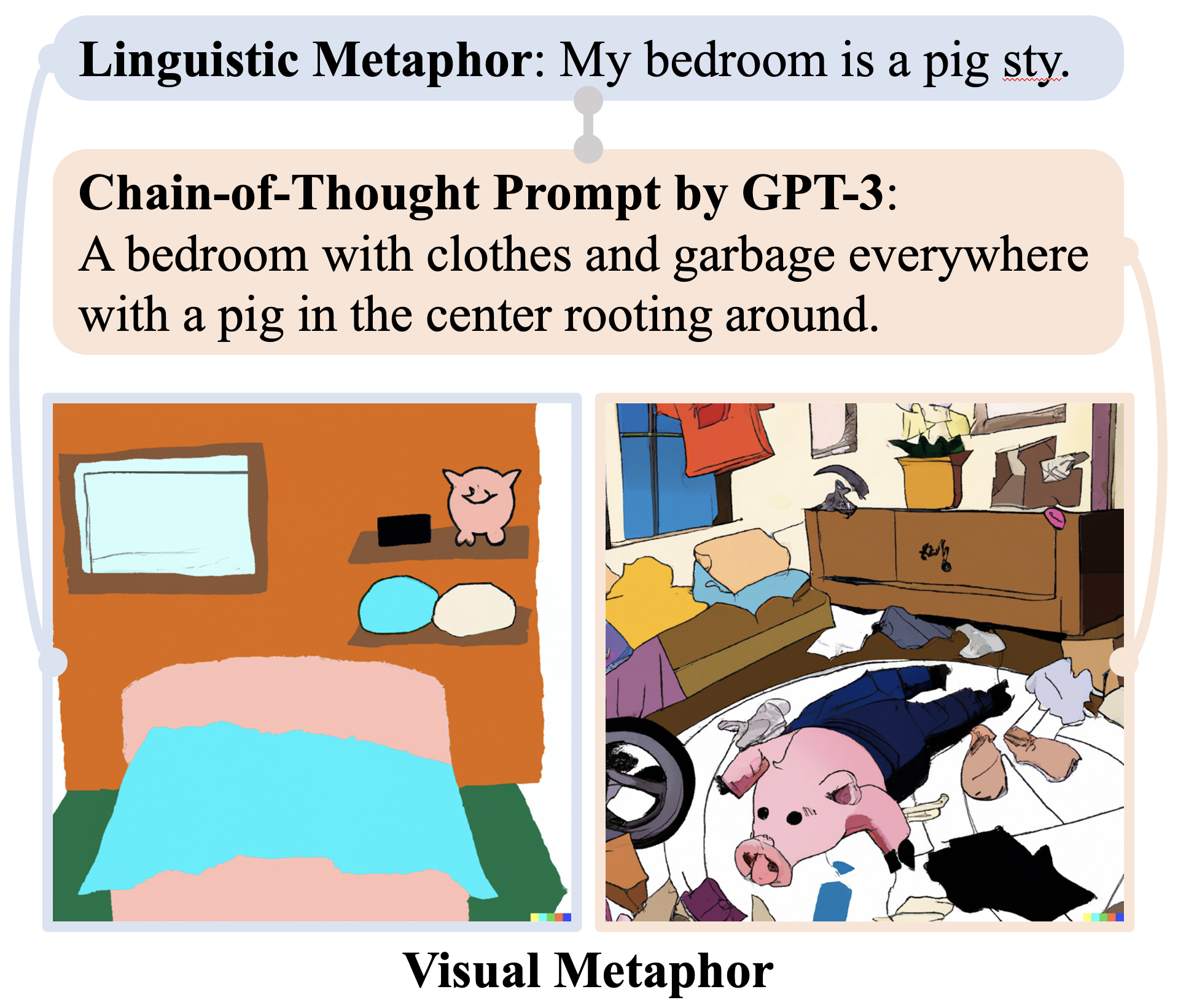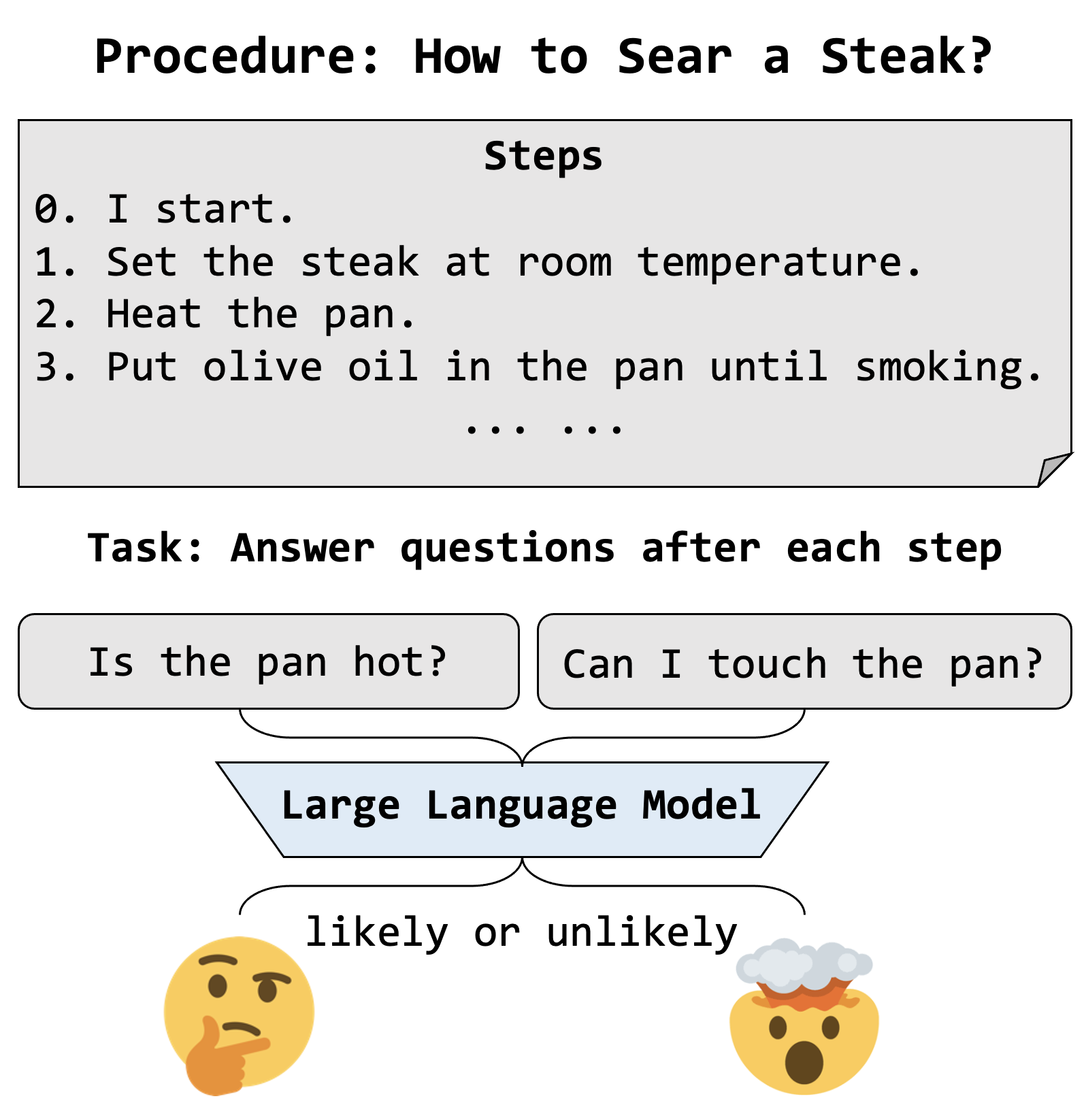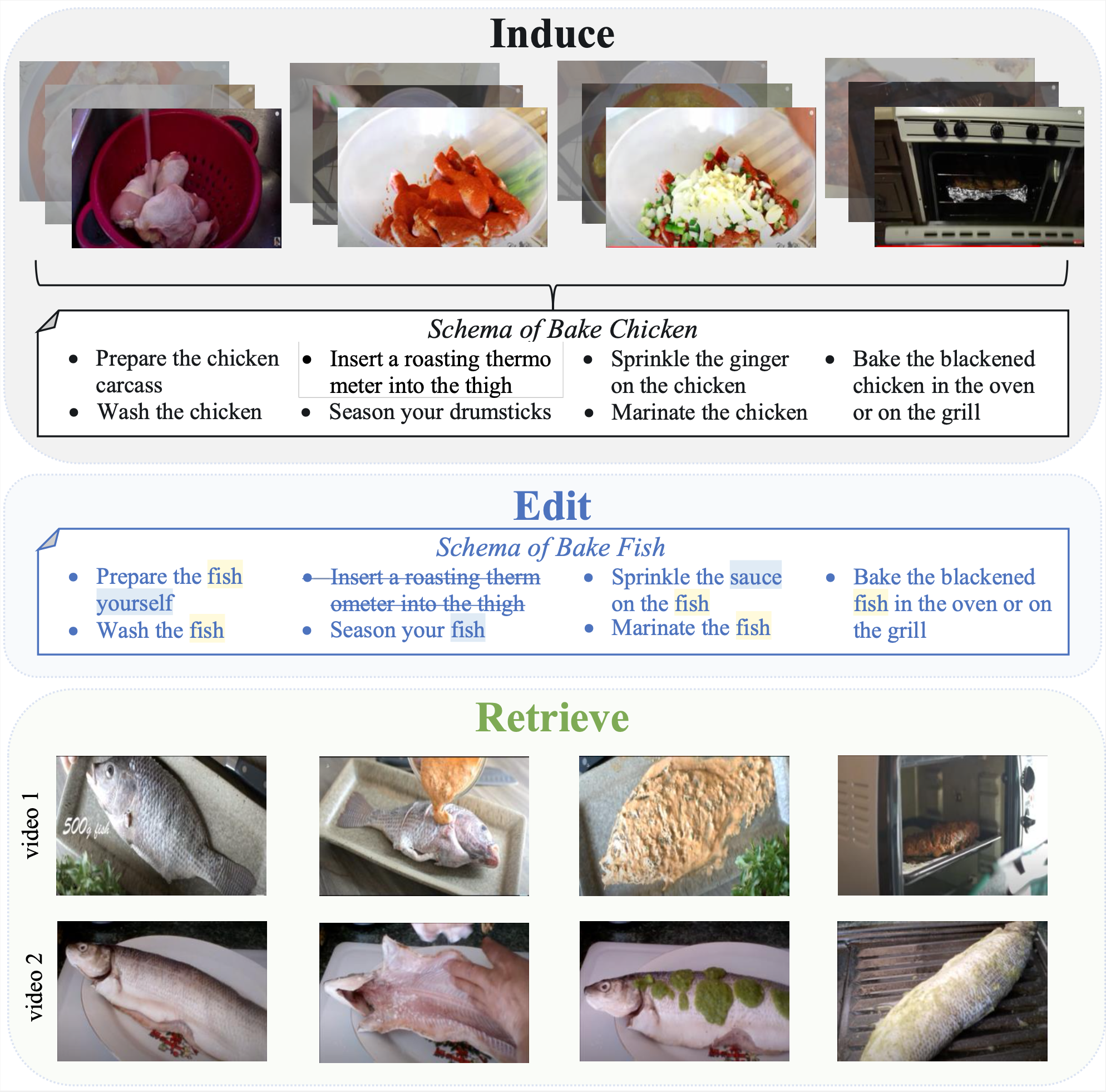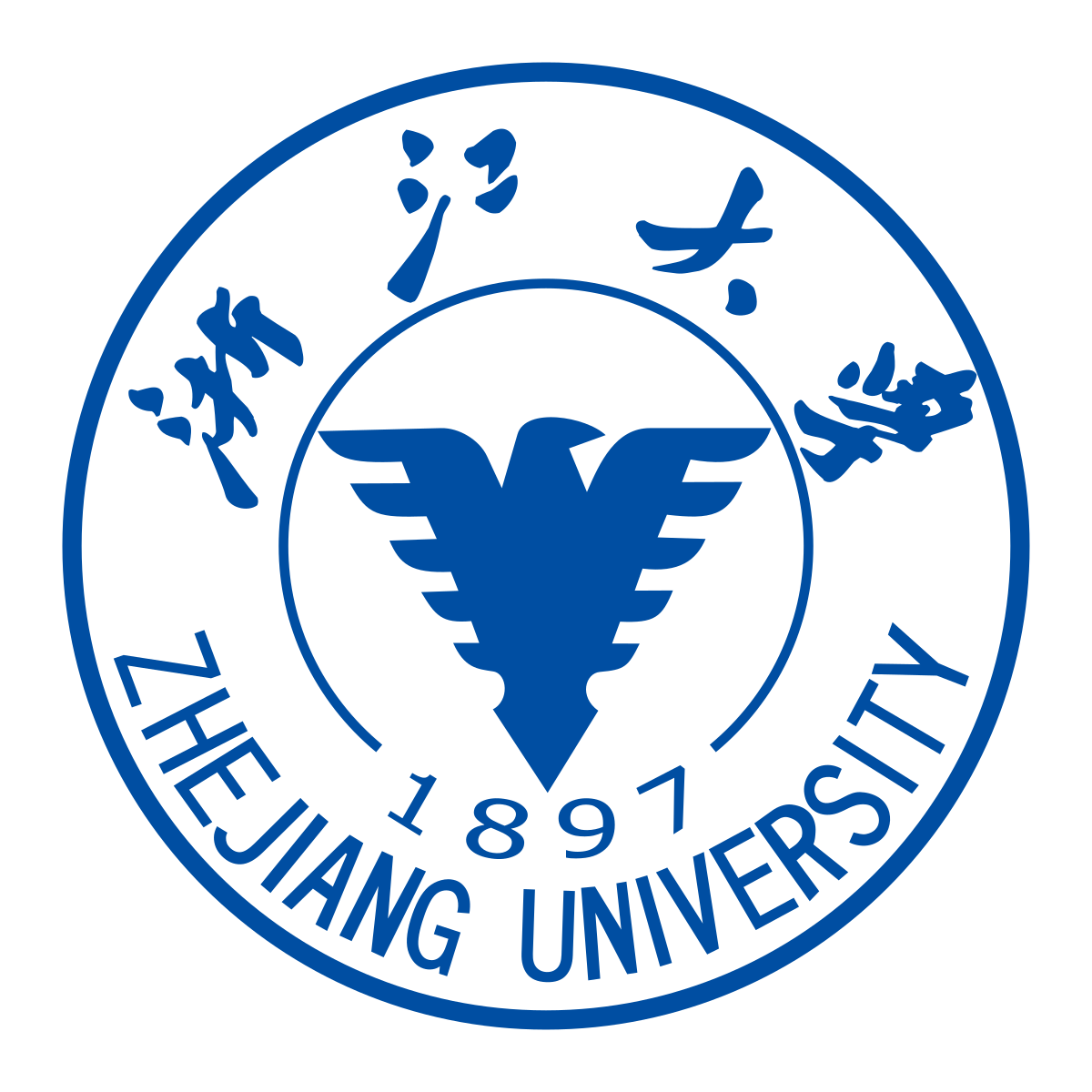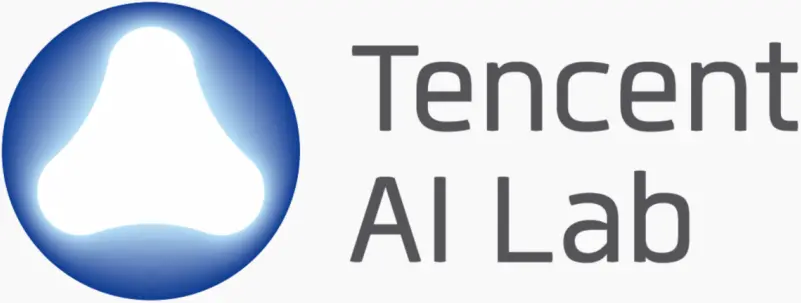Hi! My name is Yue Yang (杨樾). I am a fourth-year Ph.D. student in Computer and Information Science at the University of Pennsylvania, affiliated with Penn NLP. I am grateful to be advised by Prof. Chris Callison-Burch and Prof. Mark Yatskar. I am interested in the intersection area of Natural Language Processing (NLP) and Computer Vision (CV).
|
pronounced as yoo-eh 220 South 33rd Street, Towne 299 Philadelphia, PA 19104, USA Email: yueyang1 [at] seas.upenn.edu |
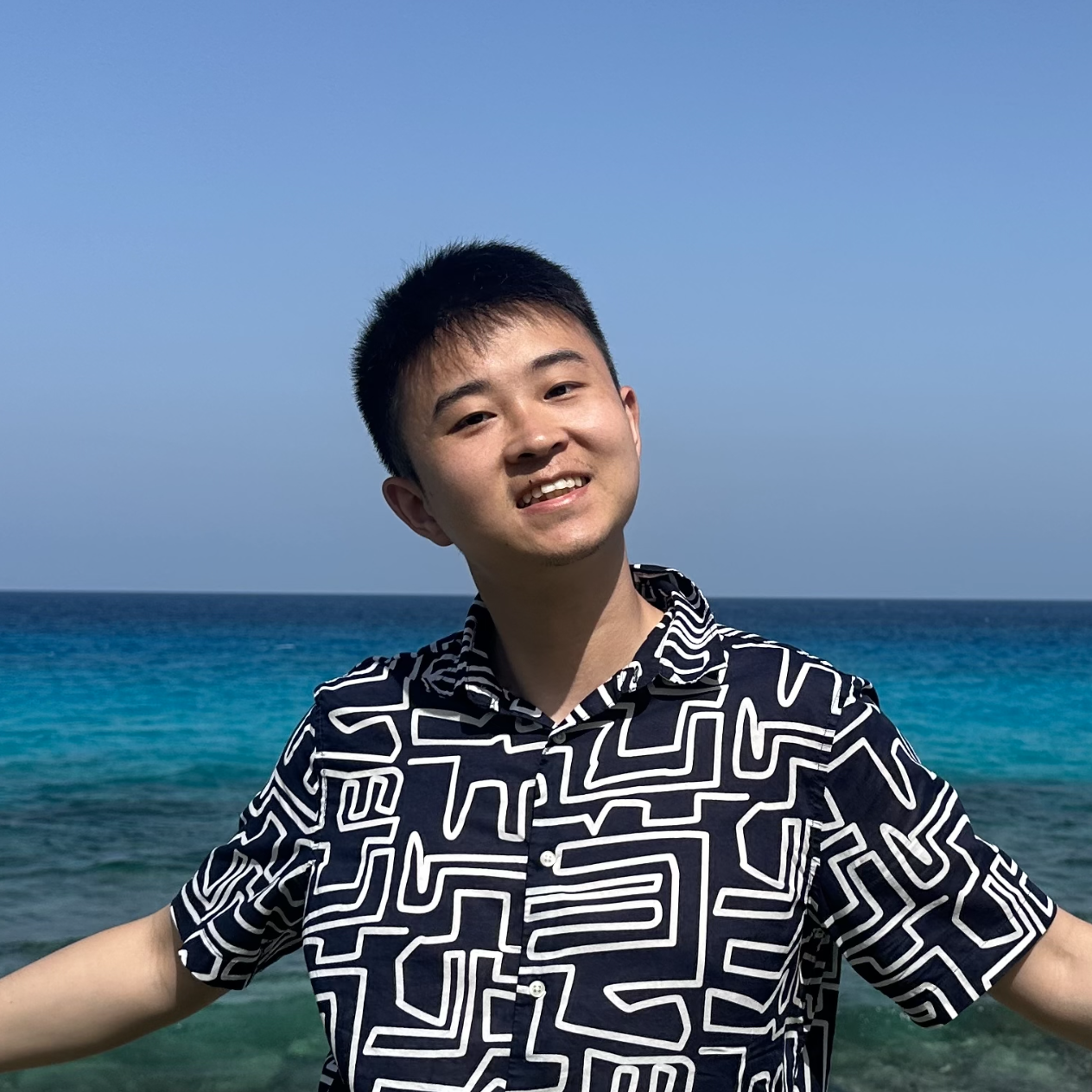
|
|
My current research focuses on applying the knowledge priors of large language models (LLMs) to various domains (images, videos, healthcare, Embodied AI, etc) to improve different aspects of AI systems, including: 
Interpretability. LLMs aid in constructing human-readable intermediate representations, such as concept bottlenecks, enabling the design of inherently interpretable models, thereby mitigating the black-box nature of deep learning.

Robustness. By utilizing sparse natural language representations as input, models are less prone to overfitting on the spurious cues of in-domain training data, enhancing their robustness and out-of-domain generalization.

Controllability & Creativity. Language interfaces in generative systems enables easier control over the generation process. Leveraging the extensive world knowledge of LLMs, these systems can produce customized and diverse outputs.
|
|
|
|
|
arxiv, 2024
TL;DR: CoMo is a controllable human motion generation model that encodes motion into interpretable pose codes representing body part semantics. Leveraging pose codes as interpretable representations, an LLM can directly intervene in motion editing by adjusting the pose codes according to editing instructions.
|
|
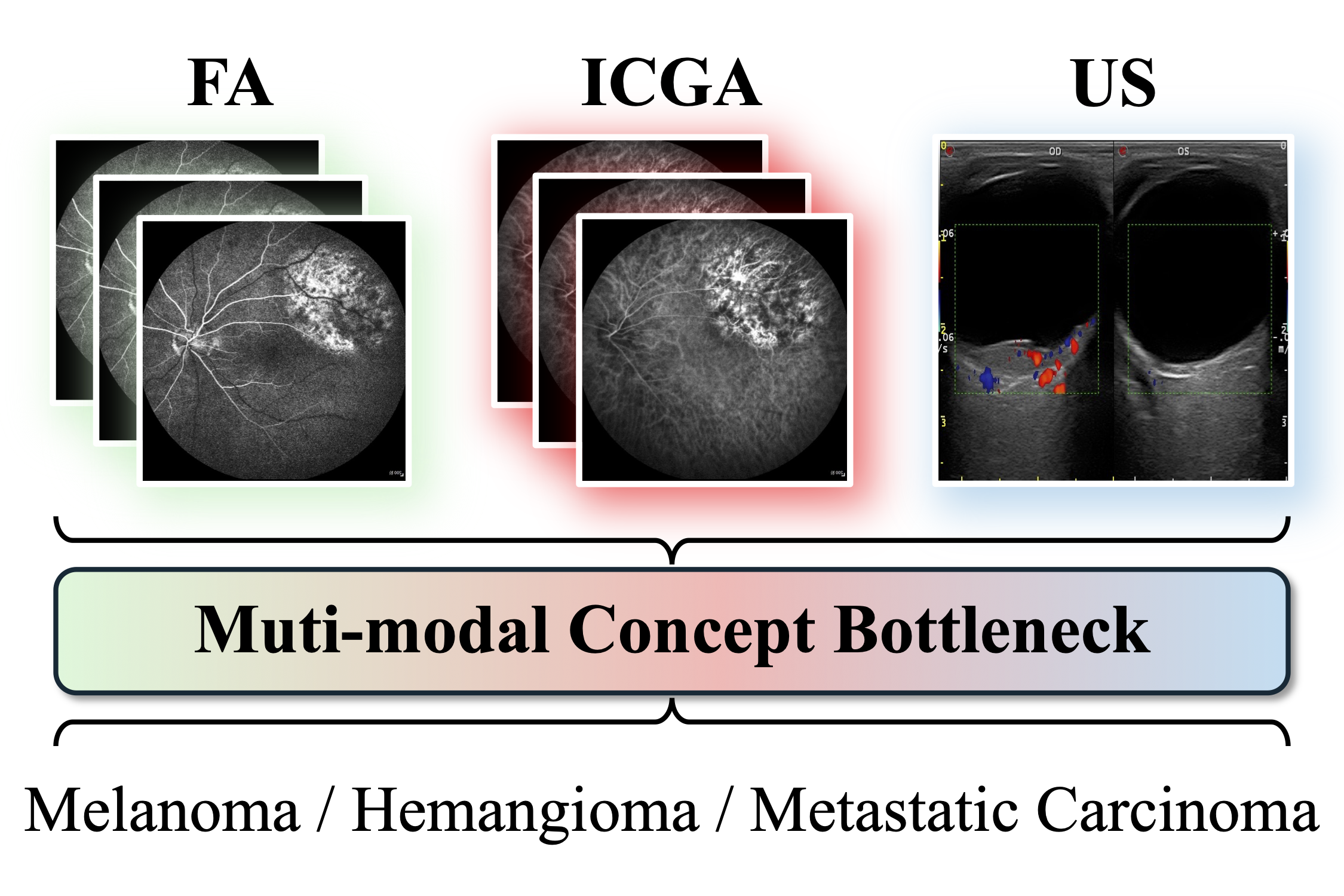
|
arxiv, 2024
|
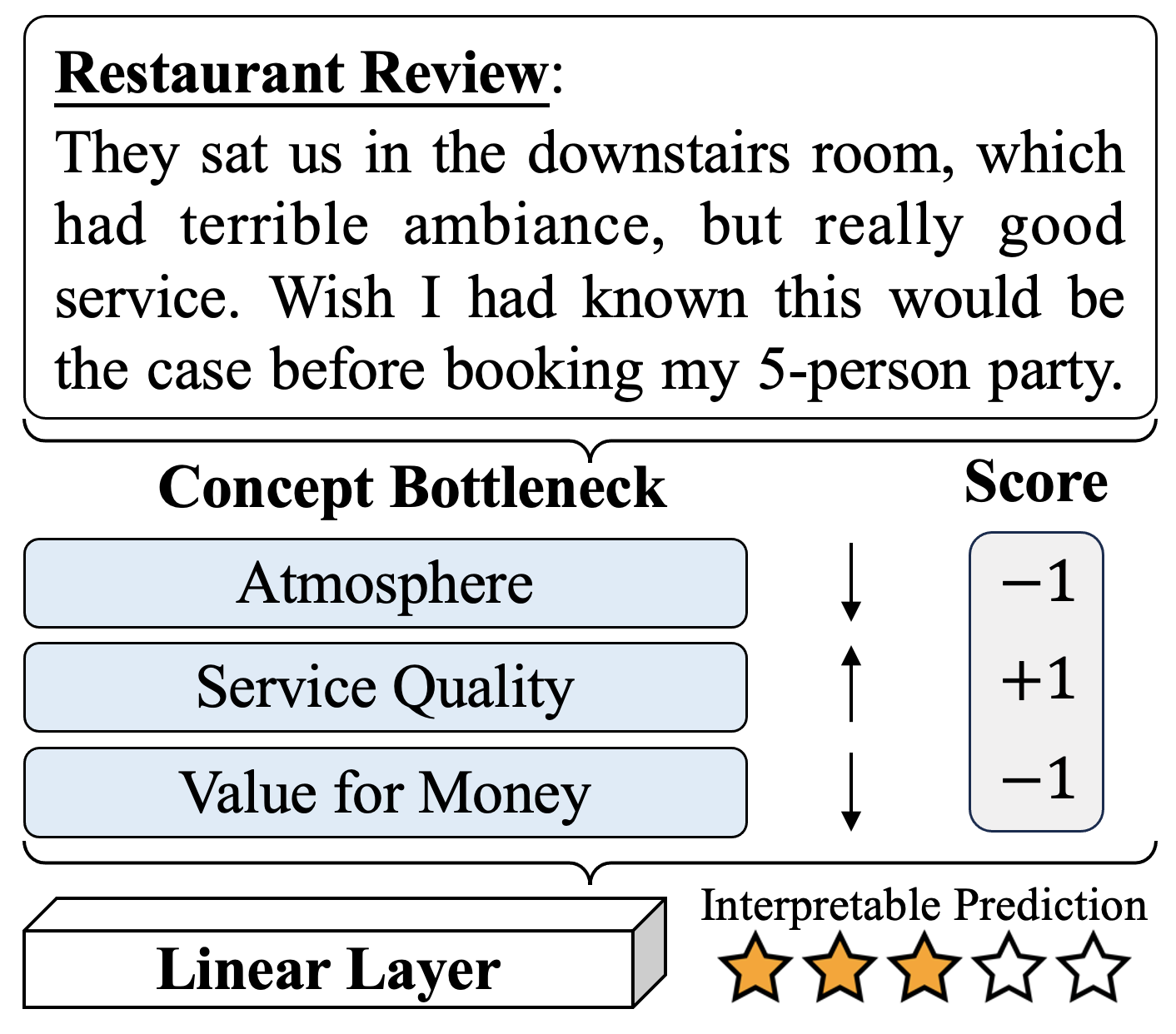
|
arxiv, 2023
TL;DR: Text Bottleneck Model (TBM) is an inheretly interpretable text classification framework that offers both global and local explanations by iteratively constructing concept bottlenecks. TBM can rival the performance of established black-box baselines such as GPT-4 fewshot and finetuned DeBERTa.
|
|
|
|
|
|
Conference on Computer Vision and Pattern Recognition (CVPR), 2024
TL;DR: Holodeck is an automated system for generating diverse 3D environments in Embodied AI, using a large language model (GPT-4) and a vast collection of 3D assets from Objaverse. It can create complex scenes based on user prompts, adjusting for styles and specific details, like "a 1b1b apartment of a researcher who has a cat".
|
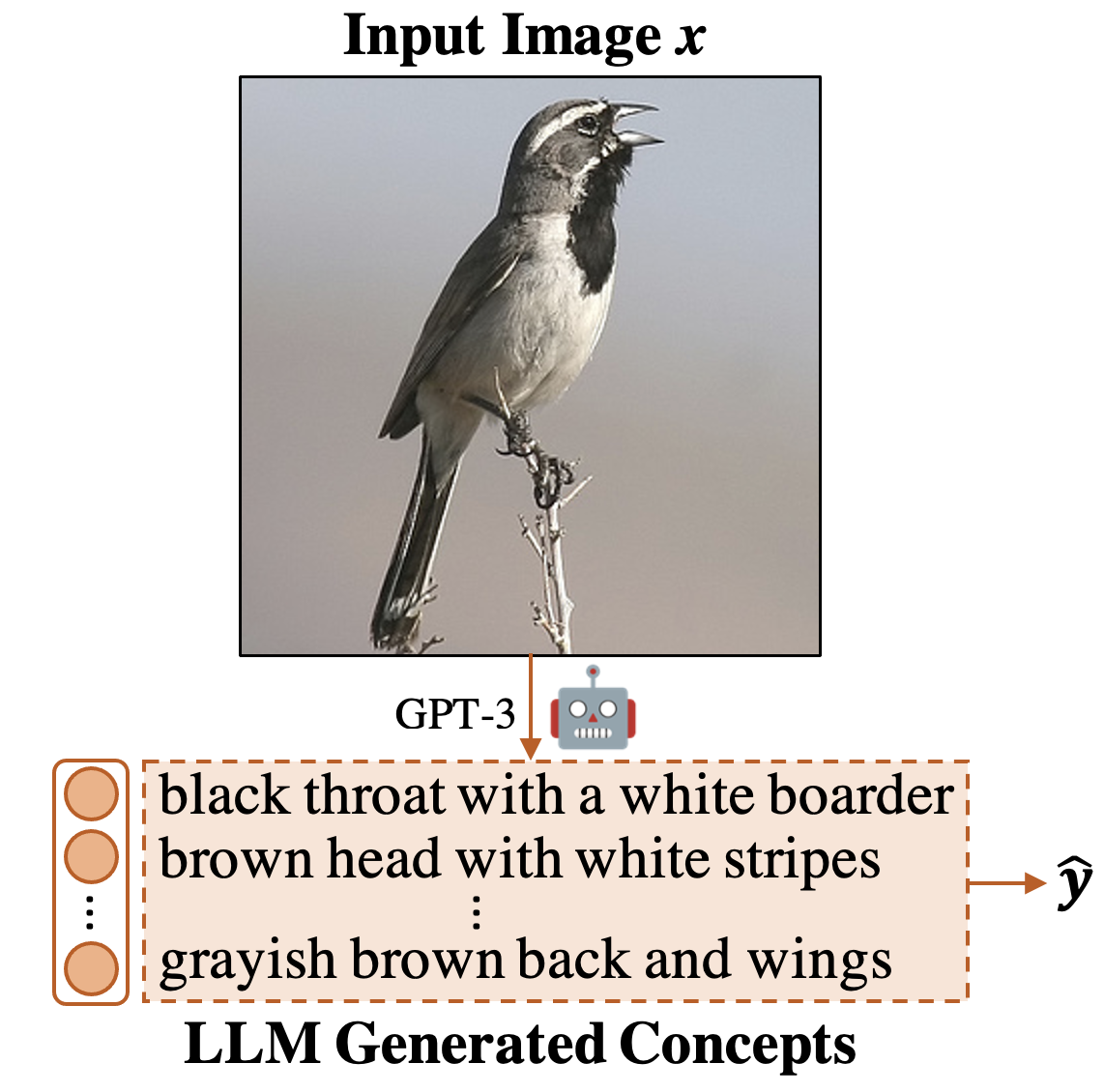
|
Conference on Computer Vision and Pattern Recognition (CVPR), 2023
TL;DR: Concept Bottleneck Models are interpretable models that factor in human-readable concepts to explain model decisions. However, CBMs often under-perform their black box counterparts and require manual specification of concepts. Our method, LaBo, leverages large language models (GPT-3) to automatically construct bottlenecks for any image classification tasks.
|
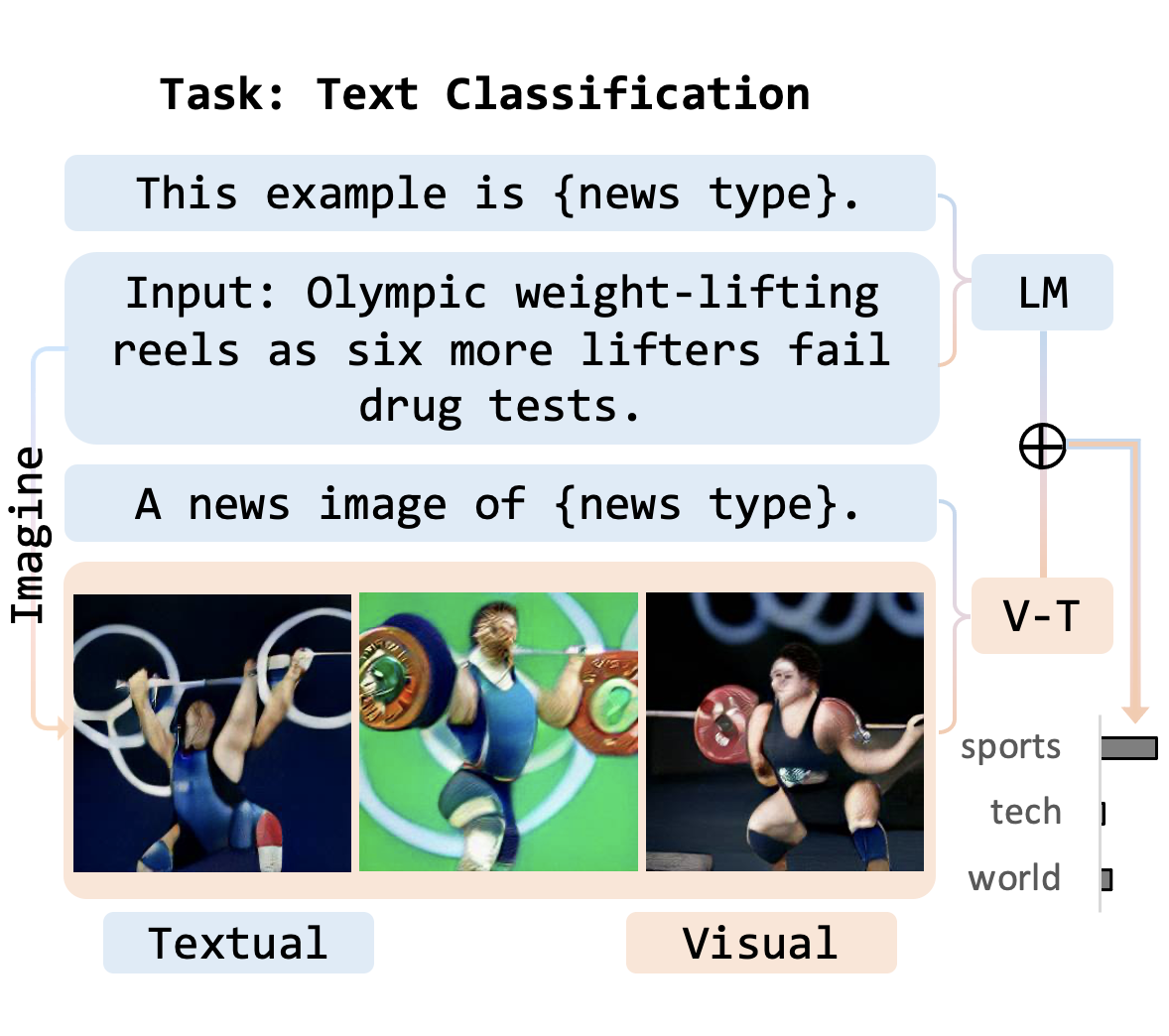
|
Conference on Empirical Methods in Natural Language Processing (EMNLP), 2022
TL;DR: We endow language models with visual imagination capabilities with two complementary methods: (I) recalling existing images through retrieval and (ii) synthesizing nonexistent images via text-to-image generation. Jointly exploiting the language inputs and the imagination, a pretrained vision-language model (e.g., CLIP) eventually composes a zero-shot solution to the originallanguage tasks.
|

|
Conference on Empirical Methods in Natural Language Processing (EMNLP), 2021
TL;DR: This work proposes the Visual Goal-Step Inference (VGSI) task where a model is given a textual goal and must choose a plausible step towards that goal from among four candidate images. We construct a VGSI dataset from wikiHow and show that SOTA multimodal models struggle on it.
|
|
|
|
Head Teaching Assistant, CIS-521 Artificial Intelligence, University of Pennsylvania Fall2019; Fall 2020; Summer 2021; Fall 2021; Spring 2022 Teaching Assistant, CIS-530 Computational Linguistics, University of Pennsylvania Spring 2021 |
|
Reviewer: CVPR, ECCV, ACL, EMNLP, NAACL, EACL, COLM, TMLR. |
|
Website source from Jon Barron. |
